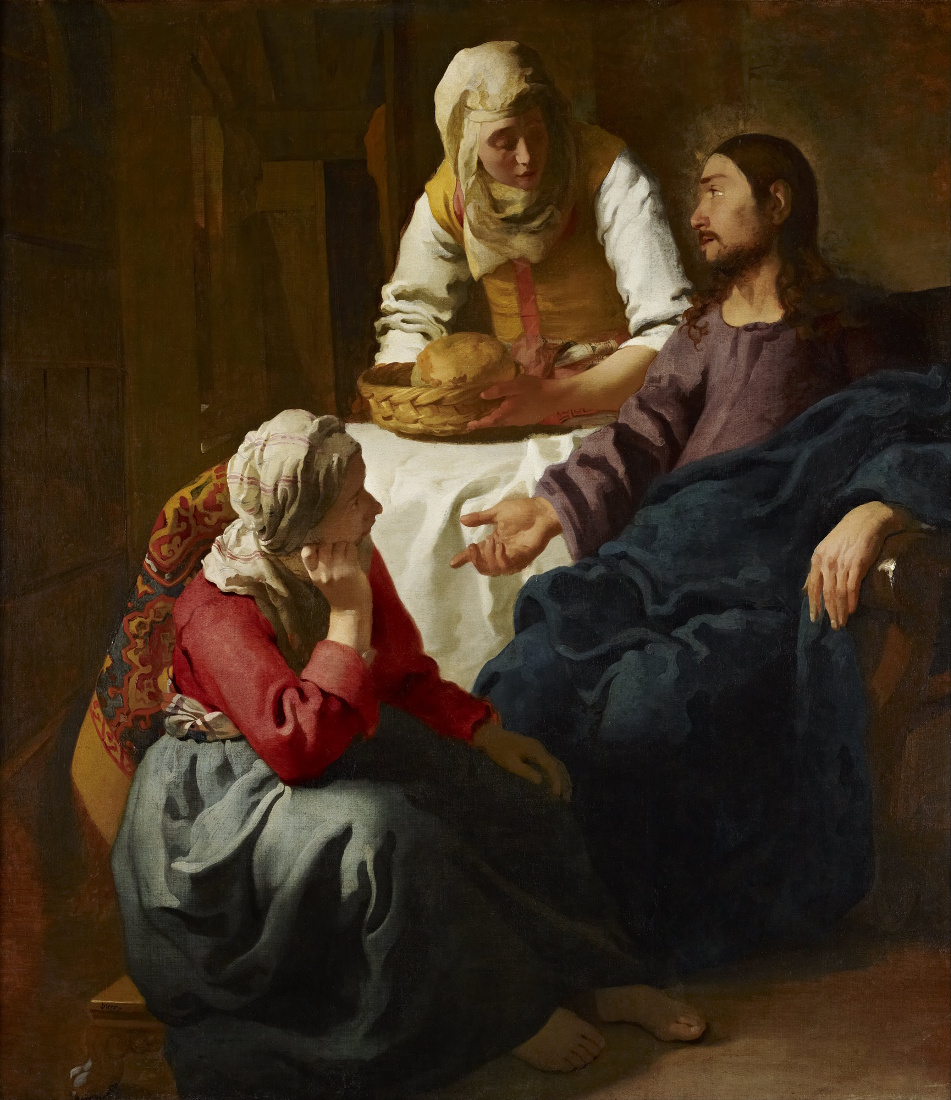For a number of years now I have taught a module entitled Rediscovering the Triune God. The title was borrowed from the book of the same name by the late Stanley Grenz, a Baptist scholar of remarkable learning, wide theological sympathy and an intellect graced by spiritual integrity. His book isn't easy reading, but it gets the job done in reviewing the 20th century developments in Trinitarian theology. Alongside Grenz we read our way through Moltmann's The Trinity and the Kingdom of God, not because Moltmann is the last word on Trinitarian theology, but because his construal of a social doctrine of the Trinity provokes theological discussion over a wide range of doctrinal issues from ecclesiology to Christology, from the incomprehensible suffering of God to the incomprehensible but all too apparent suffering of humanity, as the crucifixion of the Son of God is brought into salvific relation to the crucifixion of creation through sin, by the unprecedented and unimaginable action of the Triune God.
It's a tedious and intellectually lazy cliche that the Christian understanding of God as Trinity is an exercise in abstract speculative or systematic theology with little relevance or practical value in Christian life and existence. My own experience has been one of deepening love for the Triune God, an awakened hunger not only for understanding and appreciation, but for the love grace and fellowship that flow within and beyond the life of Father Son and Spirit. The Holy Trinity is less about relevance than revelation, less about abstraction than adoration, less about speculation than spirituality, less about our pragmatism than our prayers and God's perfections.
 And yet. Ironically once grasp the mystery and glory of the Trinity and we discover that the reality of God is an eternal mutual exchange of self-giving love, which reaches out beyond that life in creative purposeful action which is love's continuous expression; well, then we realise the practical import of an adequate theology of the Triune God. In a more recent paper Moltmann ends by a characteristic call to Christians to live in the experience of the grace, love and fellowship of the Triune God of suffering, redeeming and hope-filled love.
And yet. Ironically once grasp the mystery and glory of the Trinity and we discover that the reality of God is an eternal mutual exchange of self-giving love, which reaches out beyond that life in creative purposeful action which is love's continuous expression; well, then we realise the practical import of an adequate theology of the Triune God. In a more recent paper Moltmann ends by a characteristic call to Christians to live in the experience of the grace, love and fellowship of the Triune God of suffering, redeeming and hope-filled love.
The fellowship of believers lives mystically in the Triune God. The triune God is the broad place in which we embrace each other, it is the field of force of the love which makes us, together with each other, living people; it is the open future which invites us to hope.1
The new module I'm teaching from September is Trinity and Community, and while some of the content of the earlier module will be included, it will be from a quite different pastoral and theological perspective. If today's high powered buzz words (especially in Evangelical circles) are to be preserved from becoming verbal idols at worst, or pragmatic solutions to church decline, or secondary focal points of community efforts which displace the primary and central focus of God in Christ in the power of the Spirit, then it will be through a recovered, resurgent and embodied Trinitarian theology. Mission, discipleship, worship, evangelism -some of the high powered buzz words – and their grammatically dubious cousins missional and discipling, are indeed key theological urgencies for the Church, for the churches and for Christian people seeking to be obedient to God in a post most things culture that routinely displaces and confuses the Church and its historic forms of witness.
But in seeking to be obedient to God, the first priority is to know God well enough to bow before mystery, to embrace the rich complexity of loving reality that is the God revealed in Jesus Christ. That, as the Church early came to discover, involves us in contemplative wonder, thoughtful adoration, reverent experiment, joyful intellectual toil, conceptual humility, and the fear of God which is the beginning of wisdom, and which reminds us, with our unabashed impatience with mystery, to take our shoes off. The Holy Trinity is the life of God, into which we are drawn by the grace of Christ, the love of God and the communion of the Holy Spirit. And for myself, discipleship, mission, worship, evangelism and all other defined activities characteristic of Christians, draw their relevance, importance and ultimate significance from the God whose Triune life of creative, redemptive and consummative love seeks to reconcile all things unto Himself.
1See his paper "The Church in the Power of the Spirit", in The Holy Spirit in the World Today. Jane Williams (ed.), (London: Alpha, 2011), 28.



